Most national parks have plenty of hiking, scenic views, plenty of wildlife, and interesting trees or plants. We’ve only been to a few urban national parks, but this engineering marvel is one of them!
I’ve said it before and I’ll say it again…the rise and decline of cities is fascinating to me. I’d guess if you asked foreigners questions about the US they might no places like L.A., Washington D.C., New York City, Chicago, San Francisco, Miami, or Las Vegas, but St. Louis would be pretty far down on their list and yet, in the early 1800’s St. Louis was an incredibly important city as the last major stop before heading west (i.e. the “Gateway to the West”)!
In 1800 the city boasted about 1000 citizens. By 1804 when Thomas Jefferson sent Lewis and Clark to explore the new Louisiana Territory, they collected many of their supplies from St. Louis and by 1806 when the explorers returned, without finding the northwest passage, the city was already supplying more and more mountain men, adventurers, and pioneers expanding westward, fulfilling their Manifest Destiny.
Steamboats arrived in mid-1817 and St. Louis became a boomtown. On any given day more than 100 steamboats could line the levee and by 1840 the city had more than 17,000 residents. Although the city suffered setbacks, a massive fire and a terrible bout of cholera in 1849, by 1850 St. Louis was the second largest port in the country and once gold was discovered out west, St. Louis saw additional prosperity. Railroads arrived in the 1850s and St. Louis had grown to 80,000 people. Even the end of the Civil War led to expansion of this city. It should be no surprise then that nearly 20 million people attended the St. Louis World’s Fair of 1904, which popularized cotton candy and ice cream and introduced electric outdoor lighting, the wireless telephone, and the private automobile.
The museum at the Gateway Arch National Park opened in 2018 and covers 200 years of St. Louis and US history. It’s phenomenally well done so leave plenty of time to see it before you get to the main attraction – the Arch itself.
Gateway Arch National Park is the smallest national park in the US (just 9.1 acres of protected land along the Mississippi River) but it houses the tallest arch in the world and the tallest monument in the western hemisphere. Gateway Arch is 630 feet tall and 630 feet from the base of one leg to the other. It was built to withstand earthquakes, lightening strikes, and designed to sway up to 18 inches to withstand up to 150mph winds.
Finnish-American architect Eerno Saarinen’s design won the architectural competition to design the monument. Construction began in early 1963 and was completed in late 1965 with trams added in 1967 and 1968. The trams are a series of 8 connected pods that hold 5 people each and run up the inside of the Arch (sort of ferris-wheel style). Looking out from the pods what is seen is the inside construction of the Arch (mostly steps…1076 up each archway leg). The top of the Arch is the only portion that has small windows that look out over the mighty Mississippi River and the historically important city of St. Louis. There’s 30 mile visibility from the top.


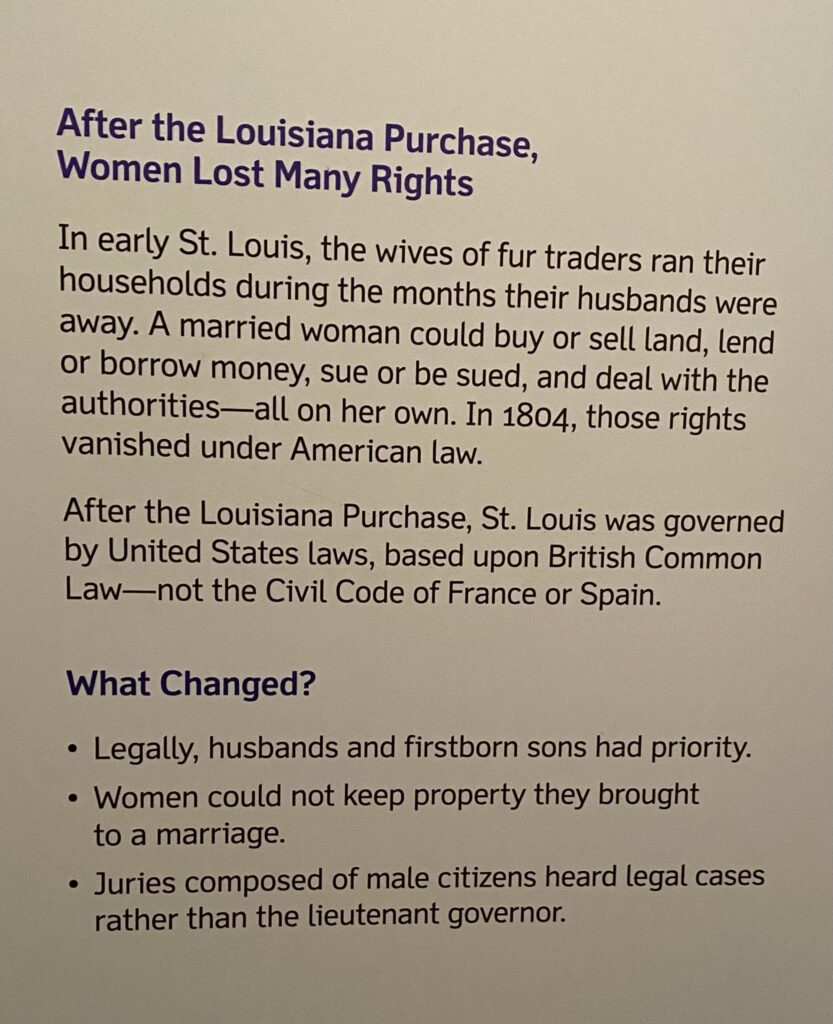
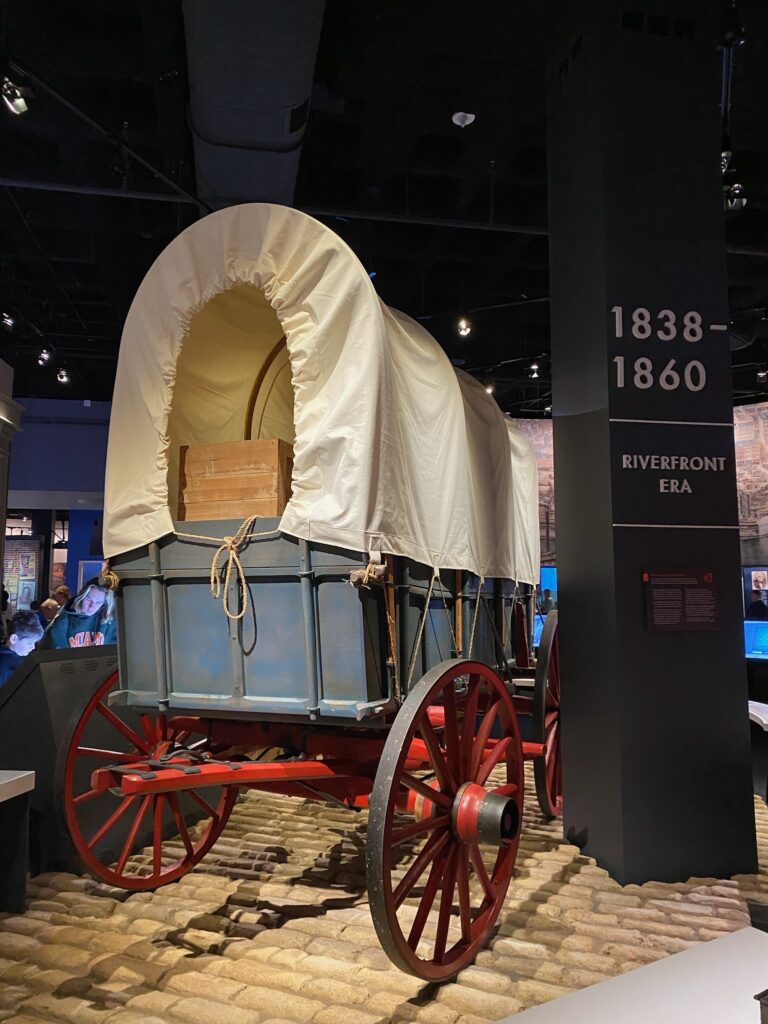
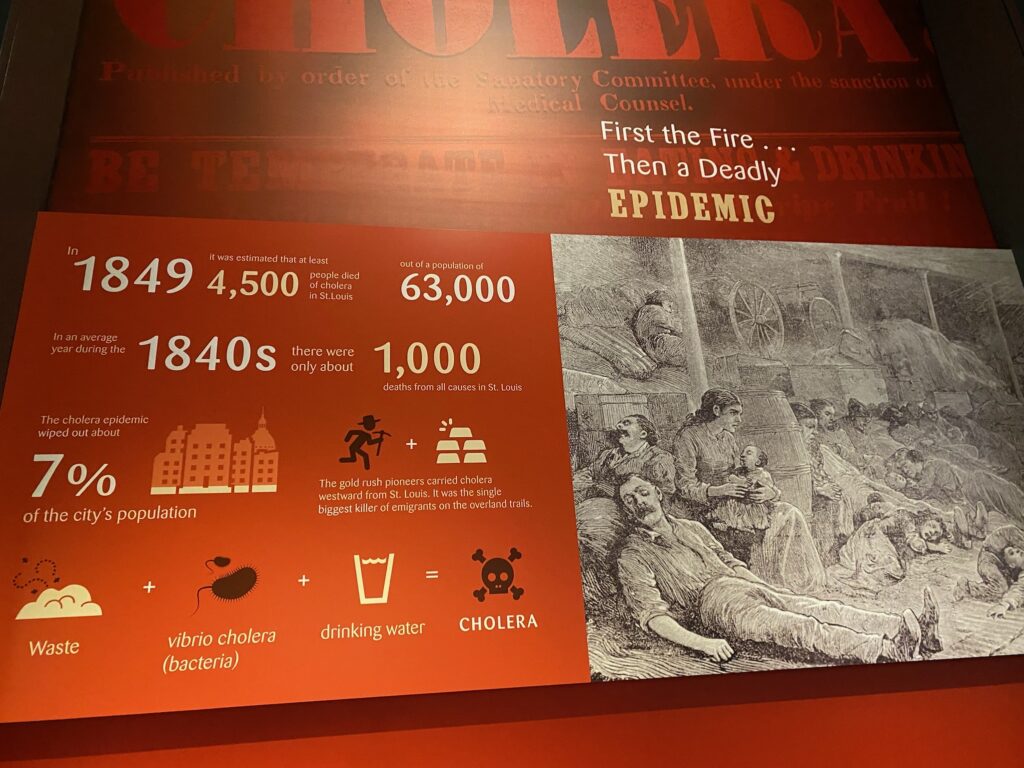
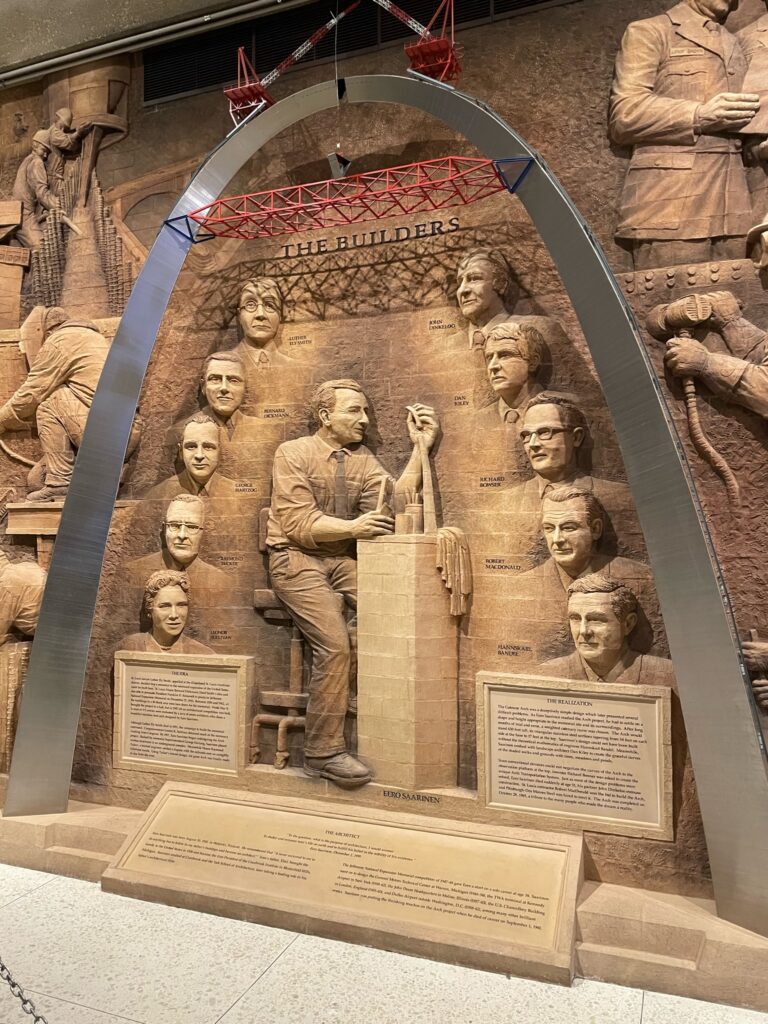
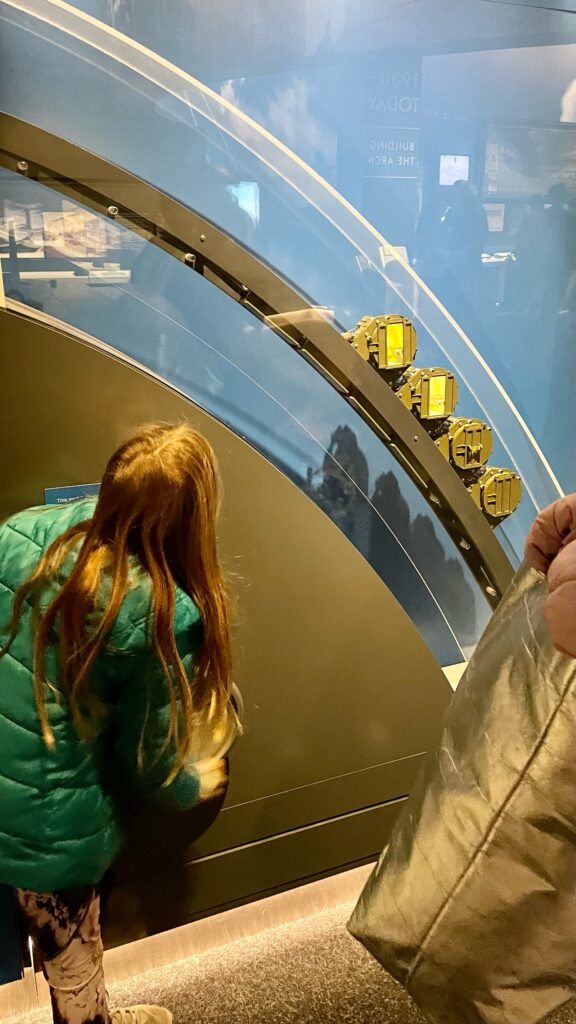




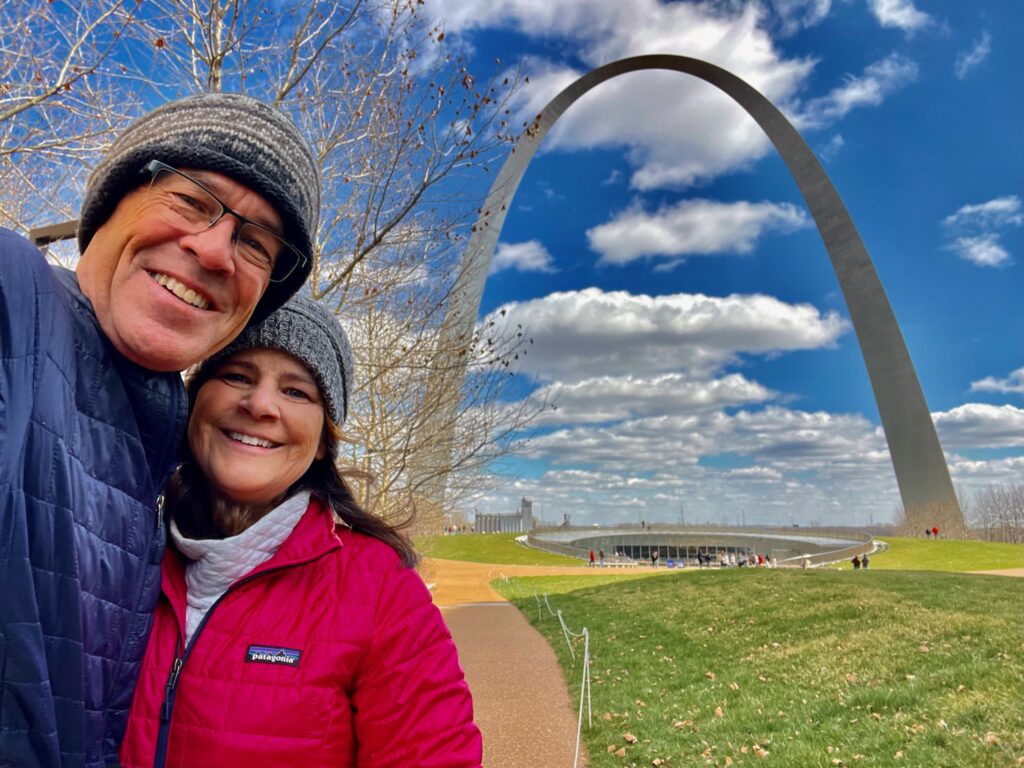
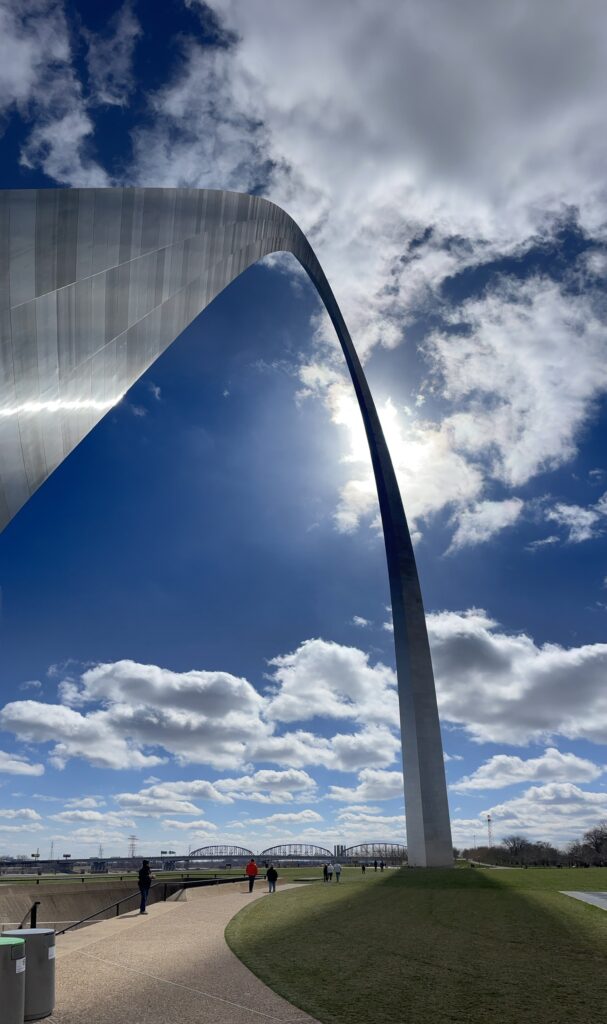


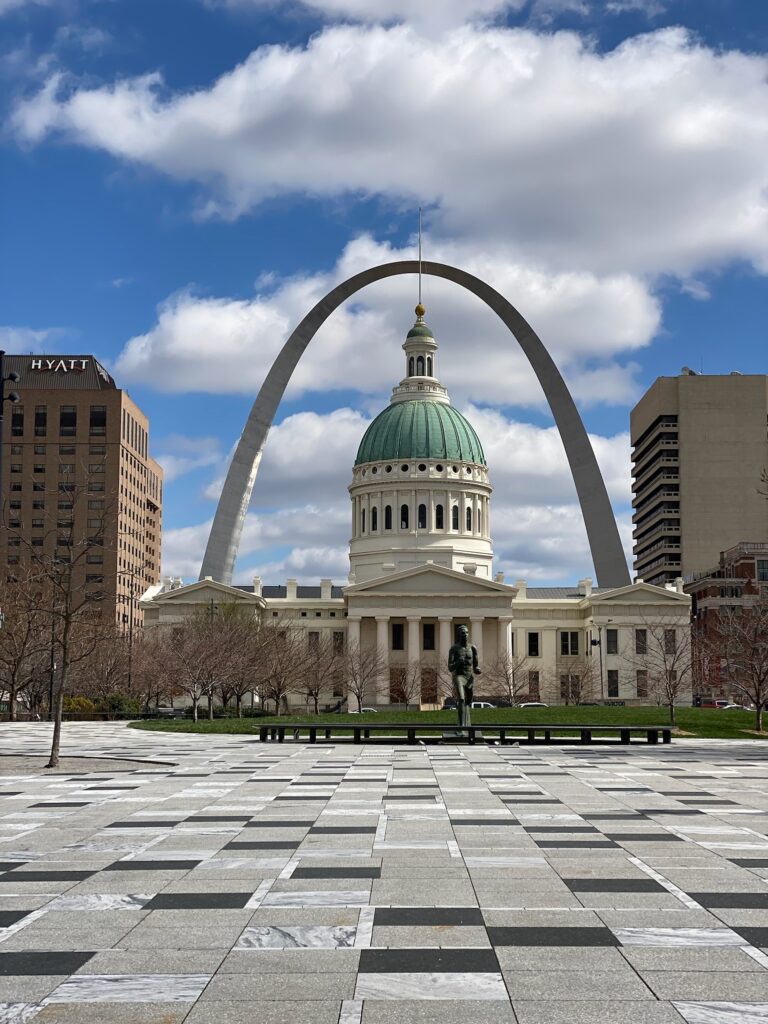
The “Old Courthouse” that was the site of one of the most significant cases involving slavery in the US, the Dred Scott case, is an easy walk. It was closed the day we visited, but on the other side of the courthouse is a nice park with great views of the Arch. In addition, the Wainwright Building, sometimes called the first true “skyscraper” is nearby as well.
Given more time, we understand that Anheuser-Busch offers brewery tours and visits of their famous Clydesdales. Additionally, the stadium for the St. Louis Cardinals is just a few blocks from Gateway Arch. As we just had one day in town, this iconic American monument was the best use of our time.
We had a terrific visit and owe a shout-out to St. Louis and all they’ve done over the years to support adventurers. Thanks, St. Louis!

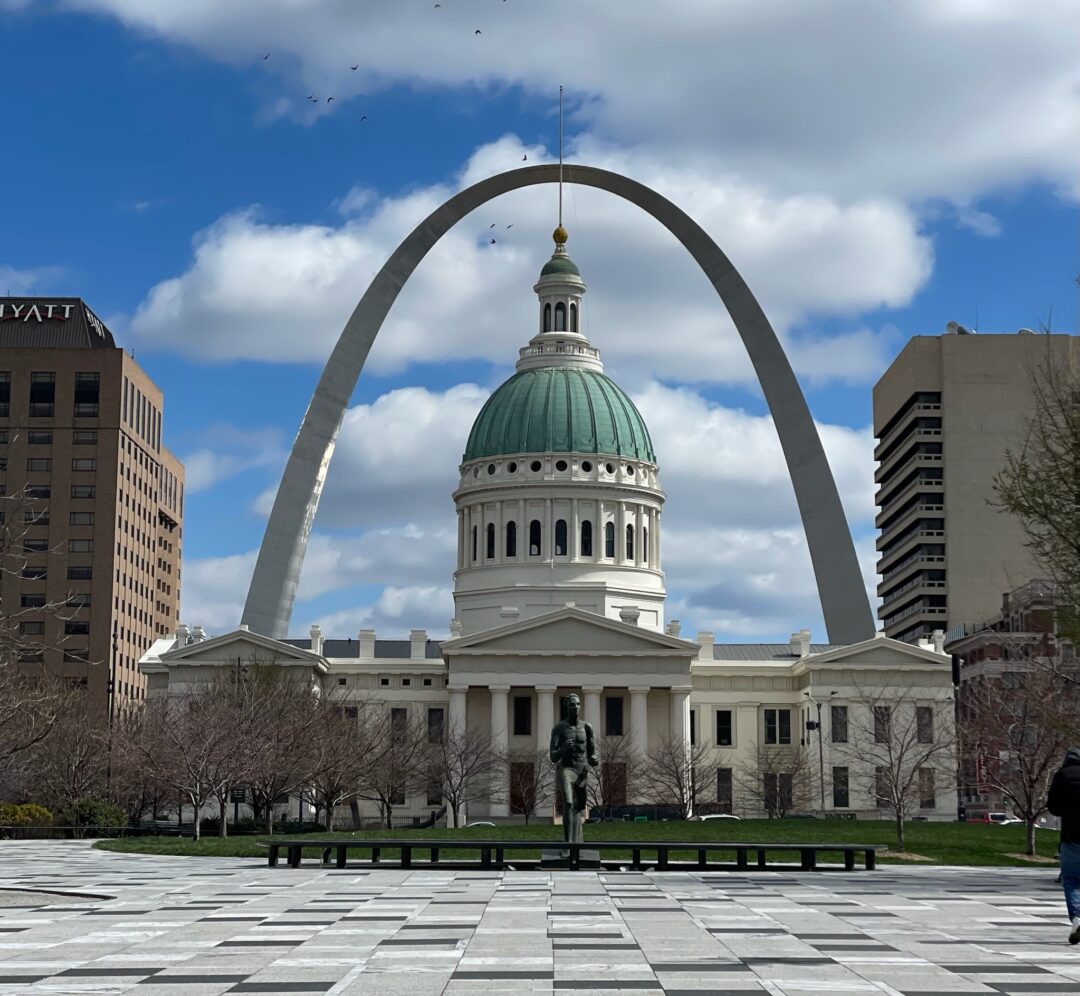
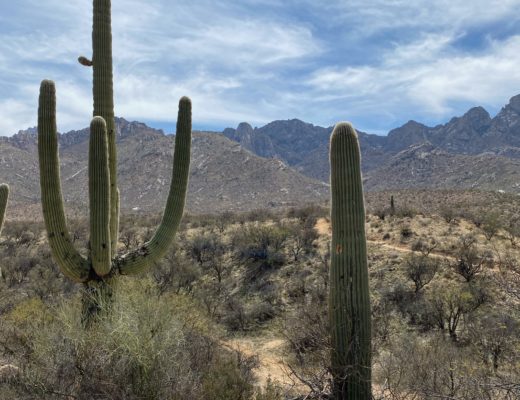

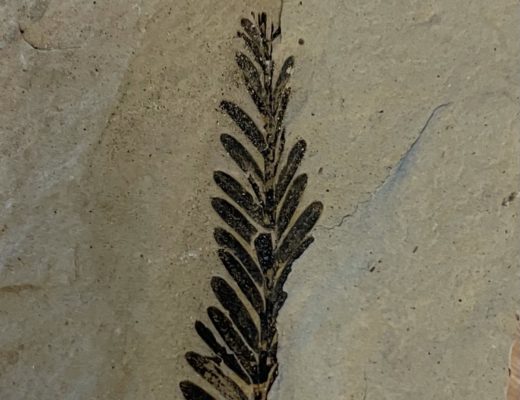








 Did you know that the oldest and largest aviati
Did you know that the oldest and largest aviati








 #camphairdontcar
#camphairdontcar


